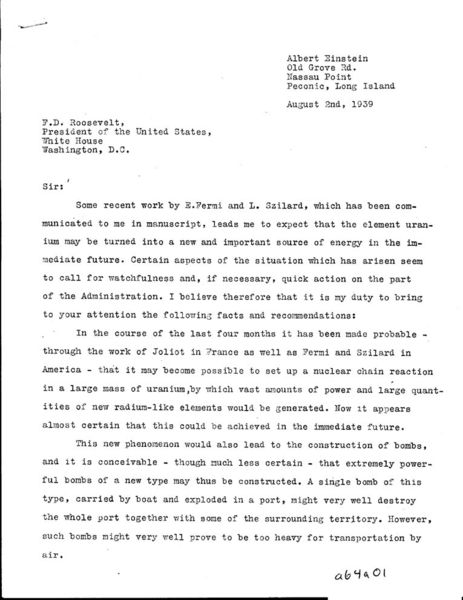Tuesday, March 31, 2009
Strategic Goal for NHM
Friday, March 20, 2009
Home Broadband Adoption
This study by Pew Internet is extremely interesting. According to Pew, the number of American homes with a broadband Internet connection has risen to 55% from 47% in 2007. Growth in this area is important for a number of reasons, but what is unsettling about the report is the indication that low-income Americans are not purchasing broadband subscriptions. Indeed, according to this study only 25% of Americans earning less than $20,000 annually have broadband access at home, down from 28% in 2007.
A heartening figure is that half of Americans between the age of 50 and 65 have broadband in their home, and this group seems to be seeing the most growth among all web 2 platforms recently.Finally, 27% of Americans do not have any Internet access in their homes. These people tend to be both older (over 65) and poorer (earning less than $20,000 annually).
What does all of this mean? Well, two things:
- Some of the hardest people for museums to reach are those with small household incomes. While museums tend to be inexpensive and welcoming to everyone, even those who cannot pay (See the Seattle Art Museum's recent ad campaign - "Pay what you can"), most visitors do not fall into this category. So if they don't come, and they don't have Internet access, how do we talk to them? How do we serve them?
- The highest rate of growth is seen among middle income, middle aged individuals. Museums already do a good job of reaching these people through traditional means: direct mail, advertising, e-mail; but this group is also quickly engaging with new social technologies such as Facebook, Myspace and Twitter, meaning they want to be exposed to more people, they want to be more connected to their interests, and they want to have a more intense experience online.
If a museum communicator were to take the path of least resistance, they would spend a great deal of their time building engaging web content for those people who really want that intense experience, and who are really vocal about it. But as quickly as this group is adopting these systems and seeking out ways to be engaged, and as glamorous as the projects created to please them are, they are a minority group who are probably already engaged. Would it not be more useful to spend those resources on under-served audiences?
What we really need to do is do both. We need to develop the fantastic, award winning, glamorous online content that the growing Internet-using public wants. But we also need to find ways to effectively reach people who don't use the Internet, don't visit museums, and don't have the resources to financially support the organization.
Part 1: Introductions
Bibliography
- Daniel, John S. “Mega-Universities and Knowledge Media: Technology Strategies for Higher Education.” London: Kogan Page, 1999.
- Briggs, Asa and Peter Burke. “A Social History of the Media.” Cambridge: Polity Press, 2005.
- Lytras, Miltiadis D., Meir Russ, Ronald Maier, and Ambjorn Naeve. “Knowledge Management Strategies: A Handbook of Applied Technology. Hershey, PA: IGI Publishing, 2008.
- Shuen, Amy. “Web 2.0: A Strategy Guide.” Sebastopol, CA: O’Reilly Media, 2008.
- Falk, John H. and Beverly K. Sheppard. “Thriving in the Knowledge Age: New Business Models for Museums and Other Cultural Insitituions.” Oxford: AltaMira Press, 2006.
- Jenkins, Henry. “Convergence Culture: Where Old and New Media Collide.” New York, NY: New York University Press, 2006.
- Leuf, Bo and Ward Cunningham. “The Wiki Way: Quick Collaboration on the Web.” Boston, MA: Addison-Wesley, 2001.
- Cameron, Fiona and Sarah Kenderdine. “Theorizing Digital Cultural Heritage: A Critical Discourse.” Cambridge, MA: The MIT Press, 2007.
- Harrison, Les. “The Temple and the Forum: The American Museum and Cultural Authority in Hawthorne, Melville, Stowe and Whitman.” Tuscaloosa, AL: University of Alabama Press, 2007.
- Ebersbach, Anja, Markus Glaser and Richard Heigl. “Wiki: Web Collaboration.” Berlin: Springer-Verlag, 2006.
- Okin, J. R.. “The Information Revolution.” Winter Harbor, ME: Ironbound Press, 2005.
- Dougherty, Meghan. “Archiving the Web: Collection, Documentation, Display and Shifting Knowledge Production Paradigms.” Seattle, WA: University of Washington Press, 2007.
- Marty, Paul F.. Factors Influencing the Co-Evolution of Computer-Mediated Collaborative Practices and Systems: A Museum Case Study. The Journal of Computer Mediated Communication 10 (4), 2005.
- Korn, Randi. "The Case for Holistic Intentionality". Curator : a Quarterly Publication of the American Museum of Natural History. 50 (2): 255.
- Cho, H.-K., Trier, M., and Kim, E. (2005). The use of instant messaging in working relationship development: A case study. Journal of Computer-Mediated Communication, 10(4), article 17.http://jcmc.indiana.edu.offcampus.lib.washington.edu/vol10/issue4/cho.html
Thursday, March 19, 2009
Lascaux

